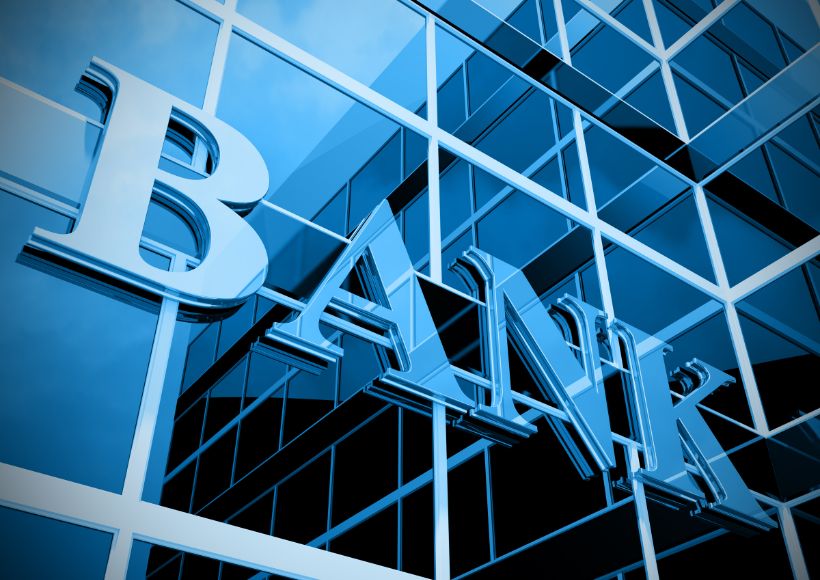Banks, Security, And Covid: The Danger Runs On The Network

Banks, Security, And Covid, If there is a sector that, by tradition, is logically associated with the idea of security, it is banking. Because since the dawn of time, there have been places where money was kept and, from time immemorial, they were the object of unwelcome attention from criminals and, consequently, they tried to protect them as much as possible.
Today, the technological solutions that credit institutions can put in place to protect themselves are so many, even if the most insidious enemy, as we will see, is invisible, just like that cursed virus that is upsetting our lives and that has inevitably changed, also crime scenarios and strategies to prevent it.
It is no coincidence that the data from OSSIF, the ABI research center on anti-crime security, report that for the first half of 2020, there was a significant decrease in criminal events for the first half of 2019. Looking in detail, the robberies reported were 63, with a decrease of 58.6%, while thefts were 315, with a decrease of 15.3%.
Attacks on cash machines and nighttime intrusions then decreased by 22.3%, while attacks on ATMs by 12.3% and still represent the majority of cases of theft. Did thieves and robbers also quarantine themselves during the pandemic? Perhaps, or rather, crime has taken a different, decidedly more technological path. In fact, the Bank of Italy and IVASS, the Insurance Supervisory Institute, has decided to set up a specific coordination group on cyber security at the time of Covid-19.
Beware of phishing
It has happened to many of us, in recent times, to receive emails or text messages in the name, theoretically, of the joy bank, to the point that numerous credit institutions have had to publish, in all the media, the clarification that none of them they ask for so-called “sensitive information” through these channels.
It is the so-called phishing, sometimes so perfected that it even foresees, in the emails sent, even the cleverly counterfeit logo of the bank. Often, technical problems are threatened for the online account or its immediate closure unless no login credentials are provided. A phenomenon of phishing has taken on truly colossal proportions: according to Infosecurity magazine, “attack” emails have increased by 600% from the end of February to today.
Covid: e-smart working
Intuitively, a home network cannot have the same obscurity as corporate ones, especially if it is a question of banks. But the telematic scammers do even worse because they take advantage of the pandemic to launch, via email or through social channels, fictitious solidarity initiatives or miraculous cures against the coronavirus, always to steal sums of money or passwords from current accounts.
In addition, in many cases, smart working has physically moved the workstations from the central office to the employees‘ private homes. Which, as we know, has always invested heavily in the security of all types, including IT. The Union Agency for Cyber Security (ENISA) has developed some topics and useful advice concerning cyber security during the pandemic.
Not just Covid
To move from cybersecurity to the more traditional one, the technologies that are used for the containment regulations of the pandemic can become part of a holistic system, which manages, that is, globally, the entire building that houses the bank and which can have a different intended use, once the health emergency is hopefully over.
For example, smart cameras, equipped with people counting detectors, can not only be used to calculate the possibility or not of access or distance but integrate with the access control system ., representing, in practice, a smart eye that reports, in real-time or on demand, on the monitor, or on the mobile device, of the security manager.
The same can be said for the terminals that measure the temperature and identify the presence or absence of the mask, which, in a more global perspective of face recognition, can be used for the biometric recognition of persons authorized to access, for example, in certain areas. of a credit institution. Why we must be optimistic: the pandemic will end sooner or later, and the technologies that have taken the field to fight the coronavirus can also be used otherwise.
Also Read : Is The Installer Responsible For The Work Of His Employee?
